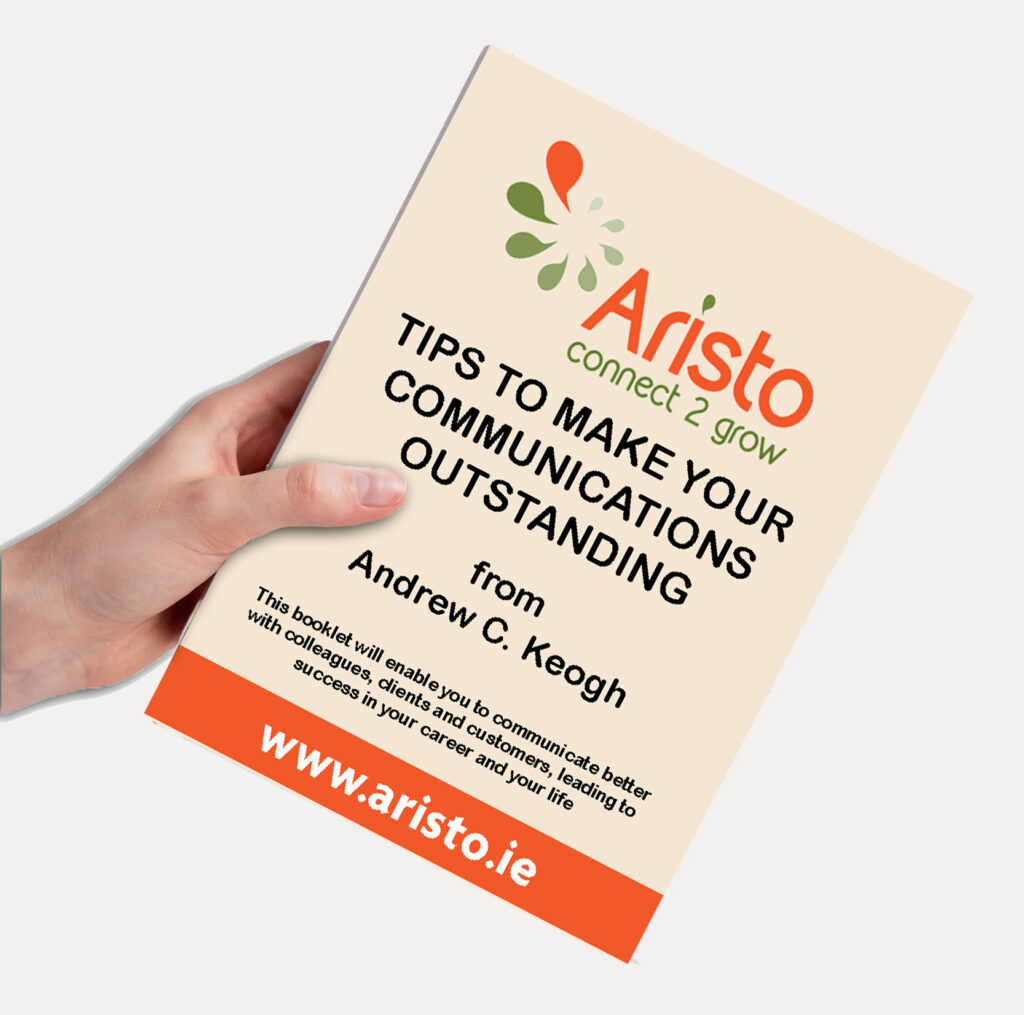Some years ago, I used this text as part of an article I published.
(Apologies for being the first to mention Christmas on 7th May 2025. )
“My mother who never went abroad in her life was the owner of a passport. It was called Christmas, and it marked the completion of one journey and the beginning of another. To her, Christmas was a way of saying we’ve arrived, we’re here, we’ve come through.
Poverty, illness, worries, bills, all the dangers, the reefs, the storms, we’re past. We were at anchor in a lagoon of quiet water before again venturing upon the high seas. And, like all passports, Christmas was not to be tampered with. Safely dwelt in its unwavering sameness. Every moment of the day itself was a re-run of the same moment a year ago and would itself be repeated a year hence.”
Hugh Leonard – Short Story Christmas Time Machine
Back then, when I had the first draft of the article ready, I had Grammarly check the text (an excellent tool for those like me who could be better at spelling and grammar).
The poor program nearly had heart failure (if computers have hearts?) and told me everything about the paragraph was incorrect.
Today, I pasted the paragraph into an AI platform, and it said the following-
“The passage is evocative and metaphorically rich, but a few tweaks could enhance its clarity, flow, and emotional impact. Here are some suggestions:”
Am I going to let AI correct one of Ireland’s best-loved writers? No way!
Too often, when I’m coaching clients for an important presentation they keep insisting that they need a script. Here is my reply:
Scripts are for actors, yet the best actors always want to reduce the text. They know that a gesture or a change of tone can impart more meaning than memorising and delivering lines.
Years ago, there was a famous Northern Ireland comedian, Frank Carson, whose catch phrase was
“It’s the way I tell ’em”
The same applies whether you are looking to create a presentation to inform, bring about a change, or win sales and investment.
It’s the way I tell them – still applies.
I coach people to have a conversation with their audience. Converse with people, and they will listen and more importantly engage with you.
Here is an excellent piece of advice from one of Obama’s speechwriters, David Litt, in his book, ‘THANKS, OBAMA’
“People hate words and love pictures”
I would suggest that words, when used correctly, can create pictures.
The secret is to add detail to your conversation.
Please reread Hugh Leonard’s opening to his short story, and you will understand what I mean.
P.S. If you liked this article, please share it with a friend or colleague.





